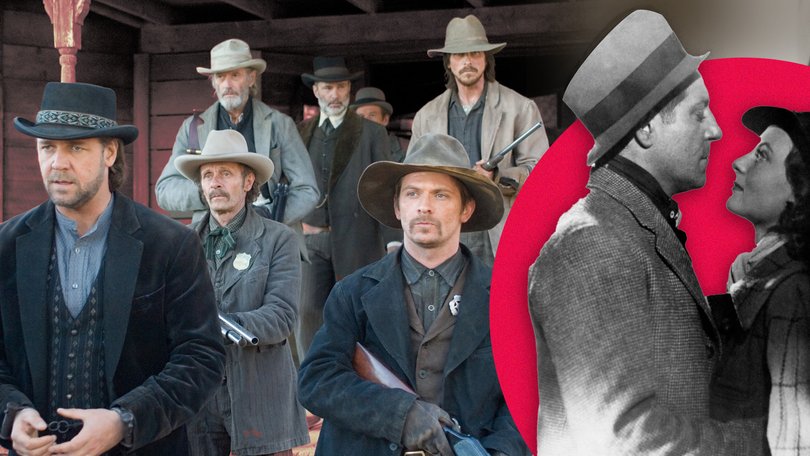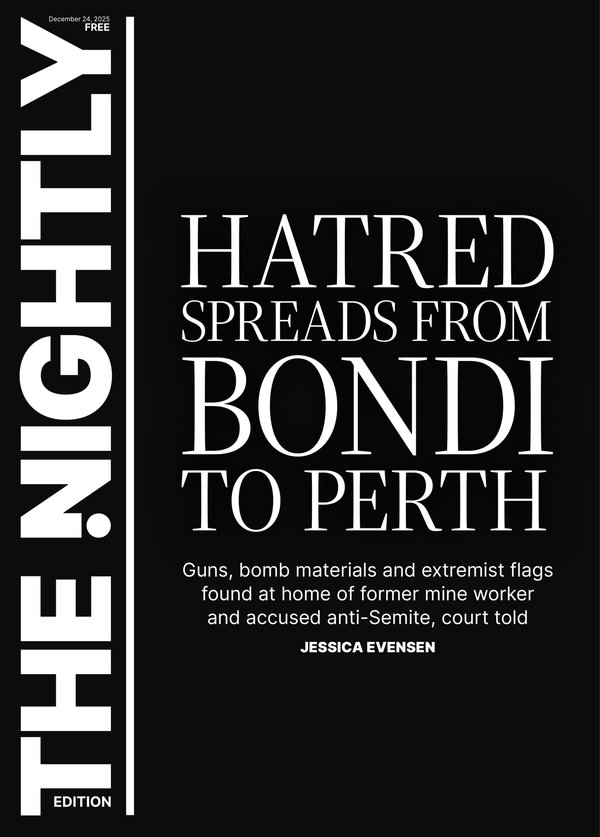At the Venice Film Festival, older films look good as new

The Venice International Film Festival makes headlines for rolling out new films graced by the stars of today and tomorrow, but every year it also makes history by preserving the past. Venice Classics, a festival section founded in 2012, presents the world premieres of restorations recently completed by film libraries and other cultural institutions around the world.
This year’s section showcases 18 titles. The program mingles established classics and underappreciated masterpieces, including Kwaidan from Japan, Bashu, the Little Stranger from Iran, Port of Shadows from France, Two Acres of Land from India, Rome 11:00 from Italy and 3:10 to Yuma from the United States.
The international array of Venice Classics makes sense within the context of the Venice Biennale, the institution behind the global art biennial, as well as the film festival, which opens Wednesday and runs through September 6. The variety also allows greater curation than the previous practice of presenting a retrospective of a single filmmaker, according to Alberto Barbera, the festival’s artistic director.
Sign up to The Nightly's newsletters.
Get the first look at the digital newspaper, curated daily stories and breaking headlines delivered to your inbox.
By continuing you agree to our Terms and Privacy Policy.“I realized already 15 years ago that there were more and more investments in restoring cinema, both by the archives and the production companies,” Barbera said in a phone interview.
The consideration of submissions starts at the beginning of the year. Around 100 submissions were narrowed down to the final slate, which Barbera curated in collaboration with film critic Federico Gironi. The selections for Venice Classics reflect cinema as artistic landmark, social document, and enduring well of emotion and pleasure. These titles then go on to premiere on the same days as new films in the main competition — a kind of festival within the festival.
The following titles are examples of the processes that give films a fresh look and a chance to be rediscovered.
Two Acres of Land
Roy himself came from a landowning family, according to Shivendra Singh Dungarpur, the director of the Film Heritage Foundation in Mumbai, India, a group founded in 2014 and devoted to the preservation of Indian cinema.
“He had seen the disparity and what the poor were suffering,” Dungarpur said in a video interview, citing Roy as one of a few influential directors whose work he had been keen on restoring.
The restoration of image and sound for Two Acres was done by the Criterion Collection and Janus Films in collaboration with the foundation. The process began with the foundation securing the material that Roy’s family had deposited at the National Film Archive of India. The original negative was missing the first reel and some material in the end reel, and also had warping, tears and damaged sprockets. Dungarpur put out a call to archives across the world to find other elements for the film.
The British Film Institute turned out to have a duplicate negative, which Dungarpur estimated was sent there around 1953. This made it possible to scan the film afresh and undertake a digital repair and cleanup.
I Married You for Fun
On the lighter side, Luciano Salce’s I Married You for Fun (Ti ho sposato per allegria) features Italian screen star Monica Vitti as a quirky young woman who weds a lawyer from a stuffy background. Based on the play by Italian author Natalia Ginzburg, the comedy brings the couple together at a wild, swinging party, and shows Vitti in a different light than in her roles in Michelangelo Antonioni’s moody, existential dramas from earlier in the decade, L’Avventura or L’Eclisse.
The restoration by Cinecittà, Italy’s national film company, in their digital labs recovered sections that were lost to censorship when the film was released in 1967.
“They unexpectedly found two sequences that were cut at the time, so they decided to reintroduce the sequences,” Barbera said.
One censored sequence shows Giuliana (Vitti’s character) and her new lawyer friend, Pietro (Giorgio Albertazzi), wrapped in an orange sheet in a sensual encounter at a party of artists where they meet. Another shows free love among guests elsewhere at the party, some in states of undress, with a creative use of whipped cream.
Cinecittà’s 4K restoration reintegrates these scenes based on materials found in Paris owned by Studiocanal, the European film studio, according to the festival. Italian censors at the time considered them too explicit, and cuts like these were not uncommon.
Audiences at Venice will therefore view I Married You for Fun for the first time in its complete form. That also entails seeing this romantic comedy in its lively true colours, replacing the faded look of older prints with oranges and fuchsias that pop off the screen.
Blind Chance
Another notable title Barbera singled out was Krzysztof Kieslowski’s Blind Chance (Przypadek)
. The unusually structured film relates three elaborations on the same opening: the protagonist, Witek (Boguslaw Linda), hustling to catch a train to Warsaw, Poland. Each telling involves different encounters and outcomes that result in entirely different lives, careers and political outlooks for Witek.
Polish government censors were less than enthused with the film when it was in production in 1981 because of scenes depicting student solidarity movements. Kieslowski was compelled to cut these, but another wrinkle in the film’s history was that he stopped editing it and shot more scenes. Blind Chance was finally released in 1987, but the censored shots had to await discovery in the national archives, according to Jedrzej Sablinski, the CEO of DI Factory, the company responsible for this restoration.
“People who work in the archives for 25 or 30 years know some secrets, and when you search well, it’s possible to find some interesting elements,” Sablinski said in a phone interview.
The restoration that will screen in Venice is based on DI Factory’s fresh 4K scans of the original negative. That in turn allowed for more thorough cleanup: “to ‘dustbust,’ remove scratches, stabilize” and so on, Sablinski said, using restoration software such as Nucoda, PFClean and Diamant. As in the case of an earlier, less detailed restoration of the film by DI Factory, the original cinematographer of “Blind Chance” supervised the process.
This article originally appeared in The New York Times.
© 2025 The New York Times Company
Originally published on The New York Times
